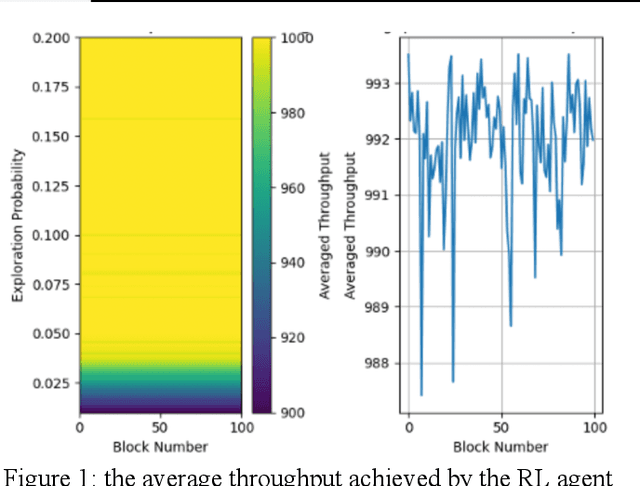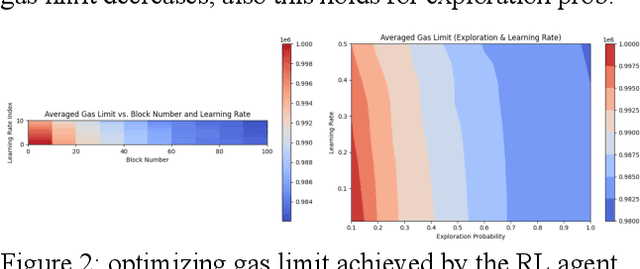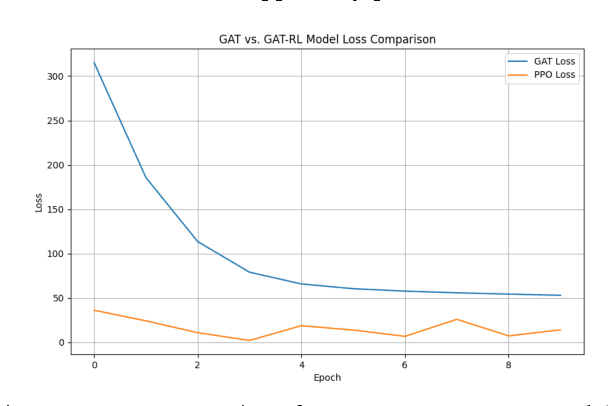Analysis of Information Propagation in Ethereum Network Using Combined Graph Attention Network and Reinforcement Learning to Optimize Network Efficiency and Scalability
Paper and Code
Nov 02, 2023



Blockchain technology has revolutionized the way information is propagated in decentralized networks. Ethereum plays a pivotal role in facilitating smart contracts and decentralized applications. Understanding information propagation dynamics in Ethereum is crucial for ensuring network efficiency, security, and scalability. In this study, we propose an innovative approach that utilizes Graph Convolutional Networks (GCNs) to analyze the information propagation patterns in the Ethereum network. The first phase of our research involves data collection from the Ethereum blockchain, consisting of blocks, transactions, and node degrees. We construct a transaction graph representation using adjacency matrices to capture the node embeddings; while our major contribution is to develop a combined Graph Attention Network (GAT) and Reinforcement Learning (RL) model to optimize the network efficiency and scalability. It learns the best actions to take in various network states, ultimately leading to improved network efficiency, throughput, and optimize gas limits for block processing. In the experimental evaluation, we analyze the performance of our model on a large-scale Ethereum dataset. We investigate effectively aggregating information from neighboring nodes capturing graph structure and updating node embeddings using GCN with the objective of transaction pattern prediction, accounting for varying network loads and number of blocks. Not only we design a gas limit optimization model and provide the algorithm, but also to address scalability, we demonstrate the use and implementation of sparse matrices in GraphConv, GraphSAGE, and GAT. The results indicate that our designed GAT-RL model achieves superior results compared to other GCN models in terms of performance. It effectively propagates information across the network, optimizing gas limits for block processing and improving network efficiency.
 Add to Chrome
Add to Chrome Add to Firefox
Add to Firefox Add to Edge
Add to Edge